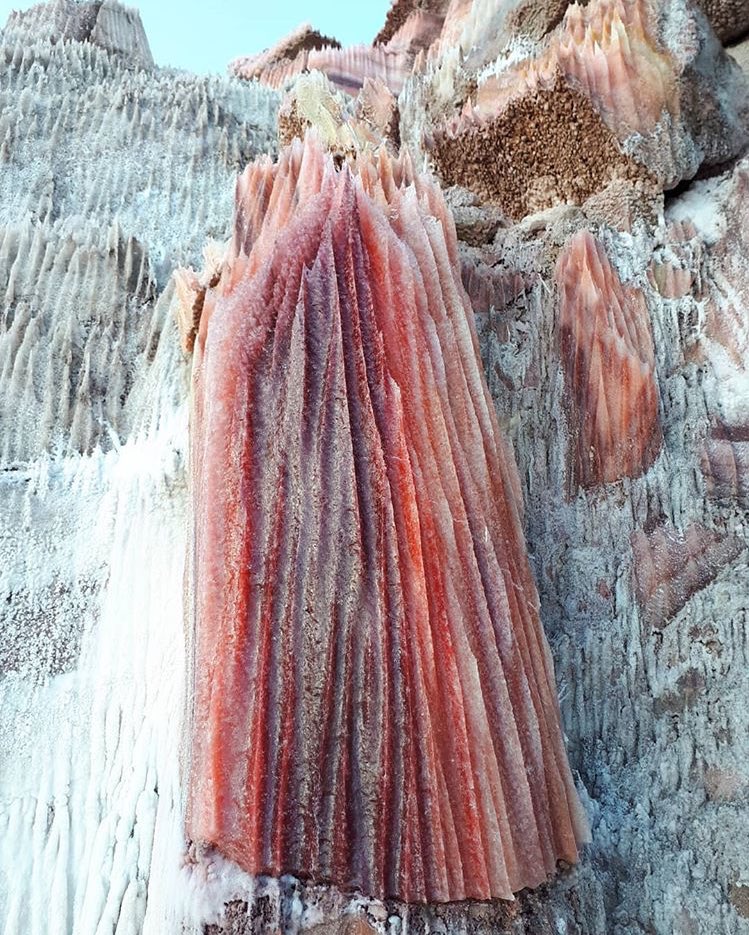
In Iran’s Zagros Mountains, there are two geological wonders known as the Salt Dome and Salt Glacier. The Salt Dome is a massive block of compressed salt that has risen to the surface due to extreme pressure from the Earth’s crust, while the Salt Glacier is a slow-moving flow of salt that appears similar to a glacier and formed from the movement and pressure within the Earth’s crust. Visitors from all over the world are captivated by these unique formations for their natural beauty and geological significance. Millions of years ago, the Persian Gulf was much larger and encompassed the Arabian Peninsula in the south and Iran in the west.
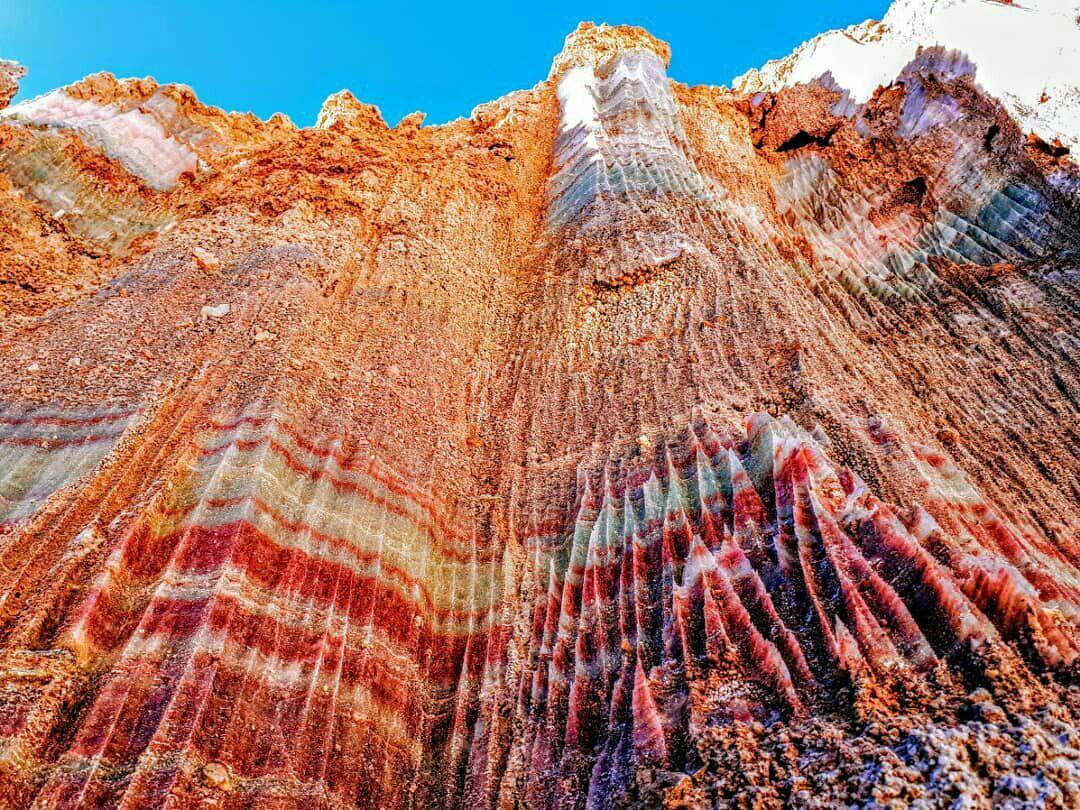
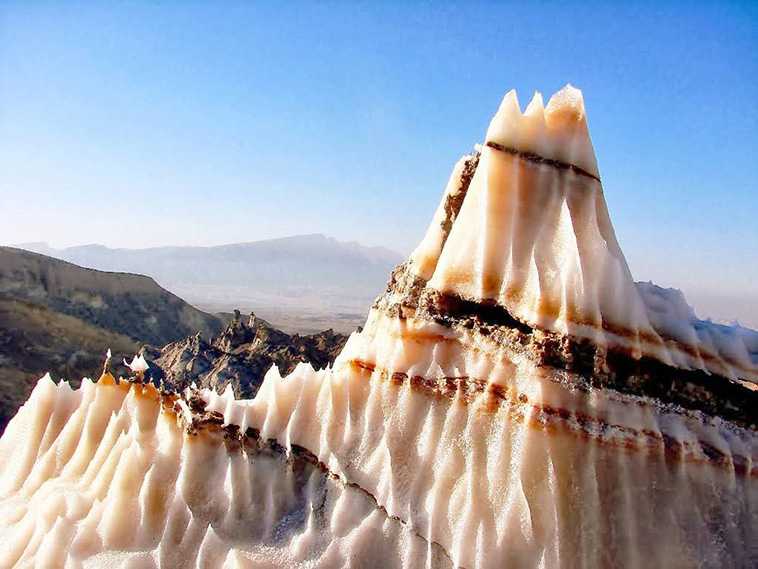
Over time, sediment from rocks carried by rainwater has accumulated on the encrusted salt layers, resulting in a thick layer of sediment.
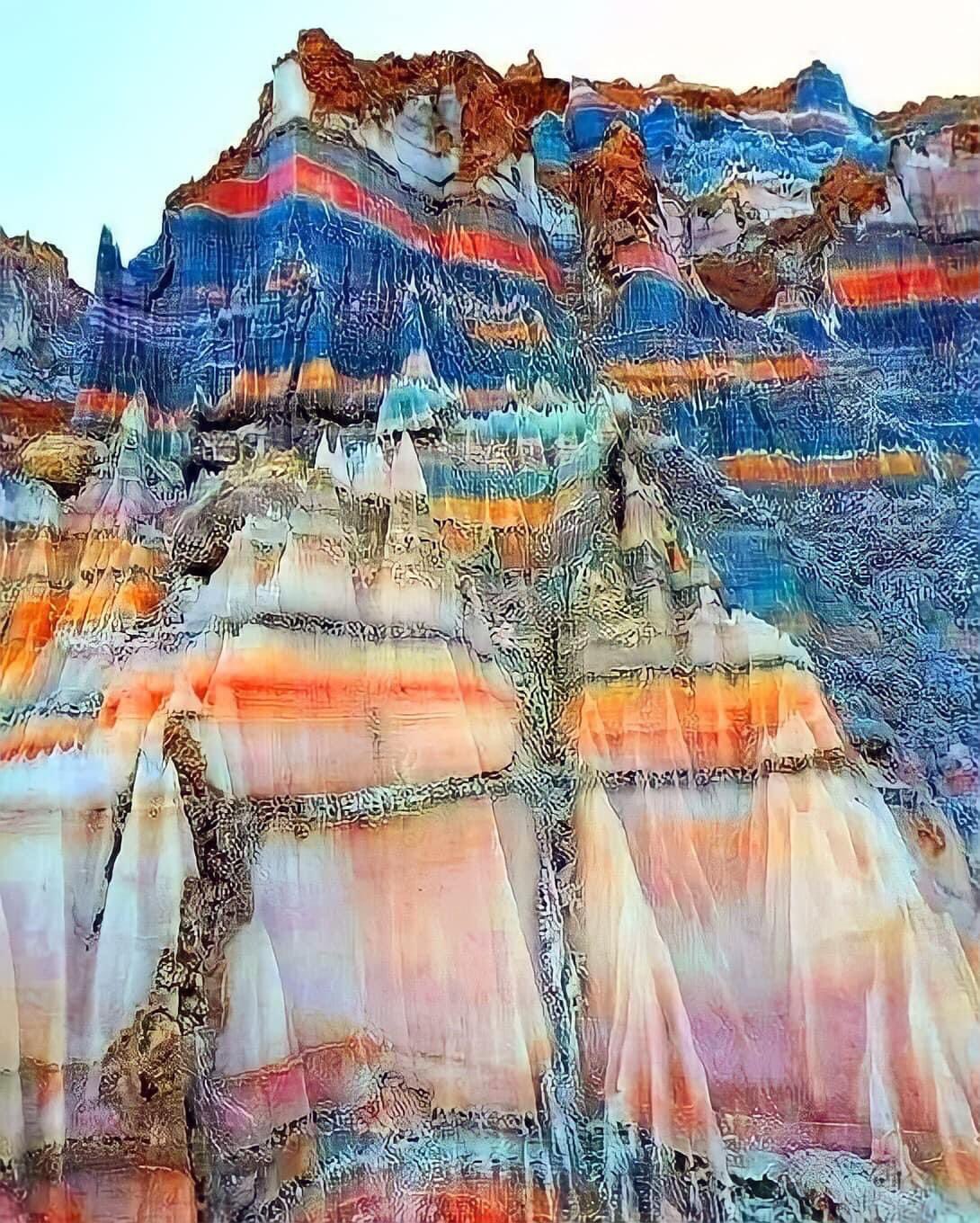
.
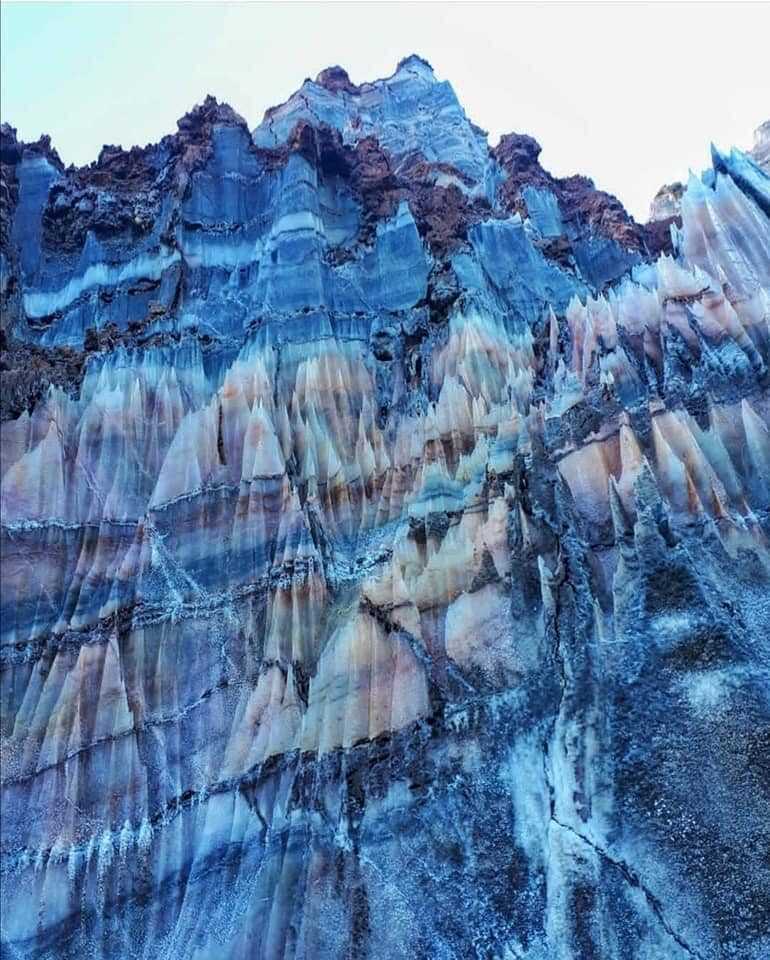
Following this, they grew thick and accumulated on top of layers of salt, causing additional weight.

UNESCO has stated that there are no other places in the world where salt domes have accumulated to this extent.
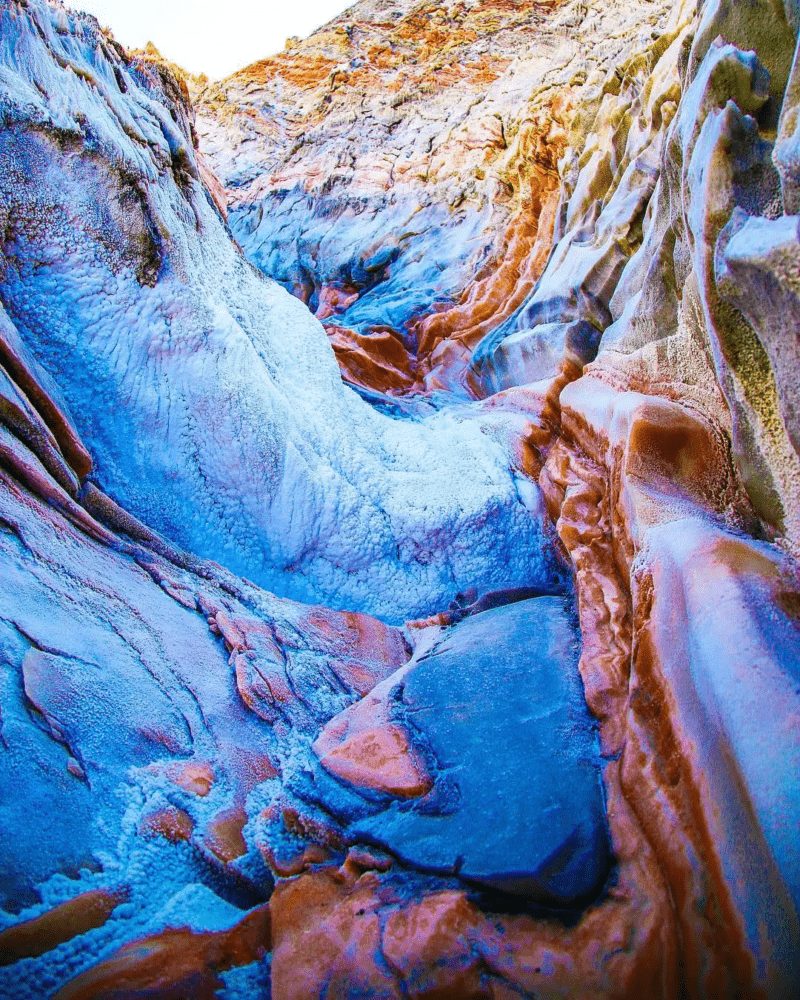
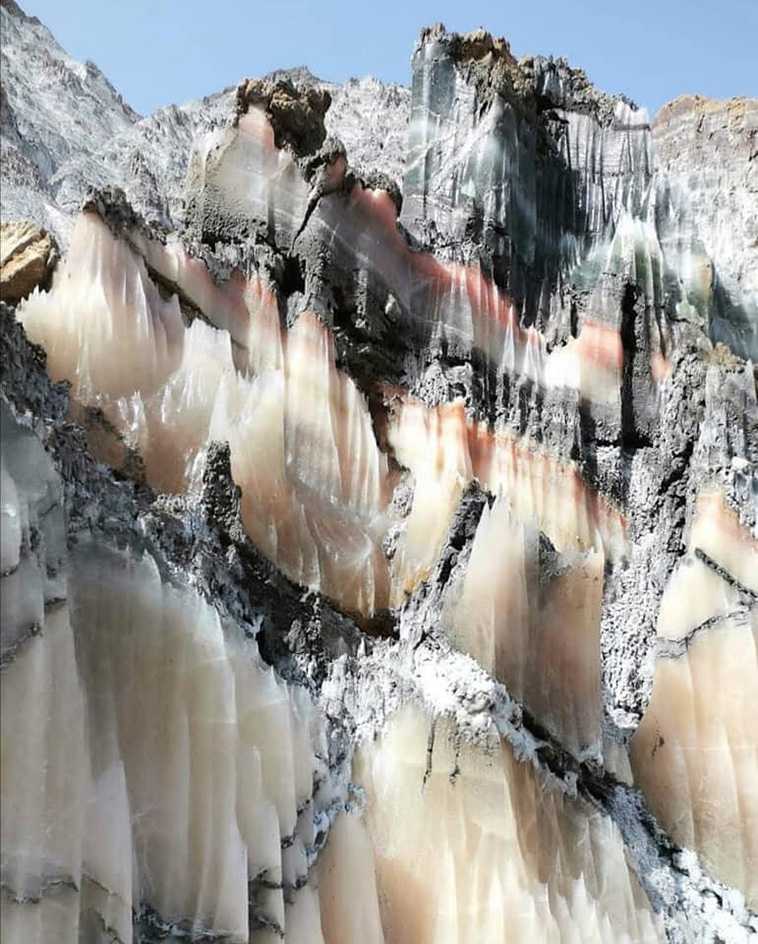
The Zagros Mountains in the south have over 130 salt domes that greatly impacted the structure of the mountain range. This resulted in the Zagros Mountains being one of the most important simple folded systems globally.
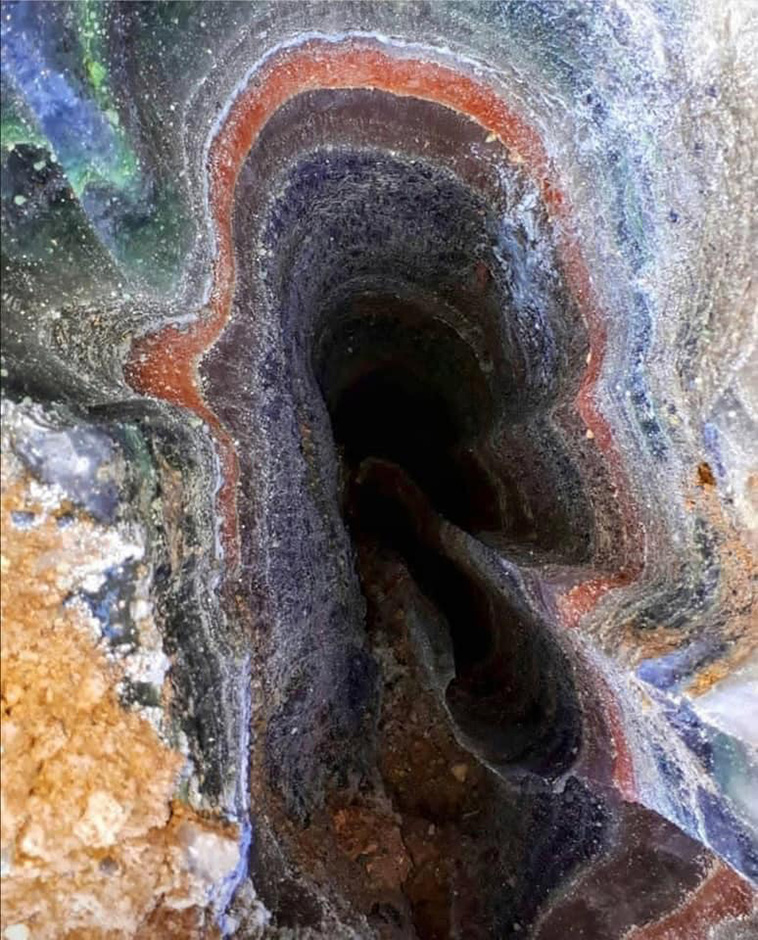
.
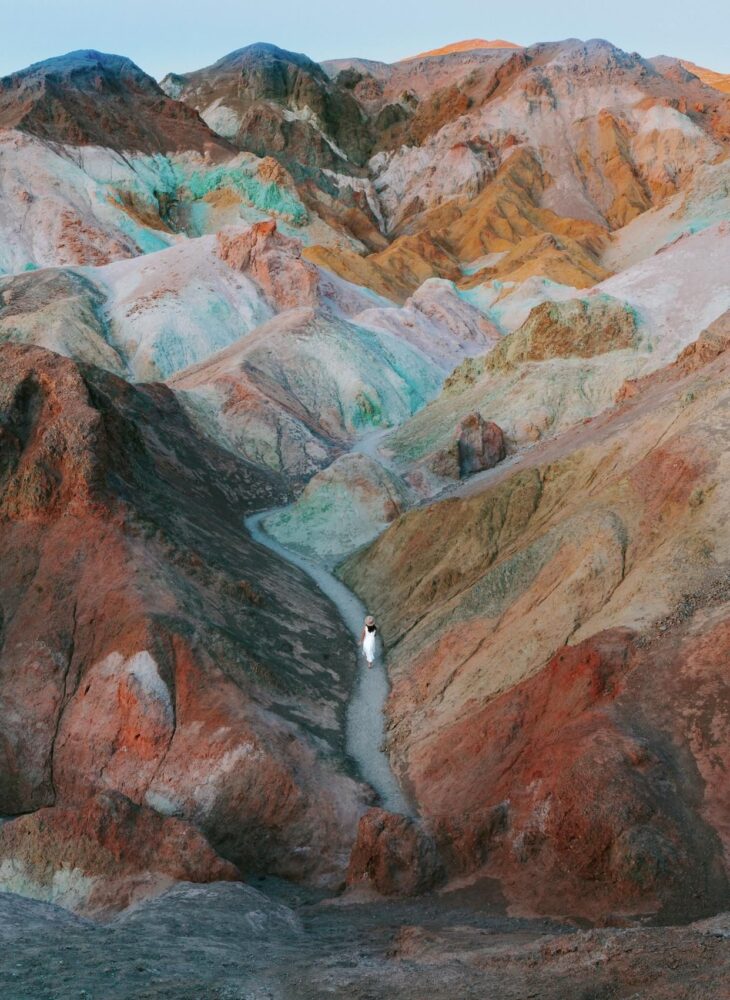
.
